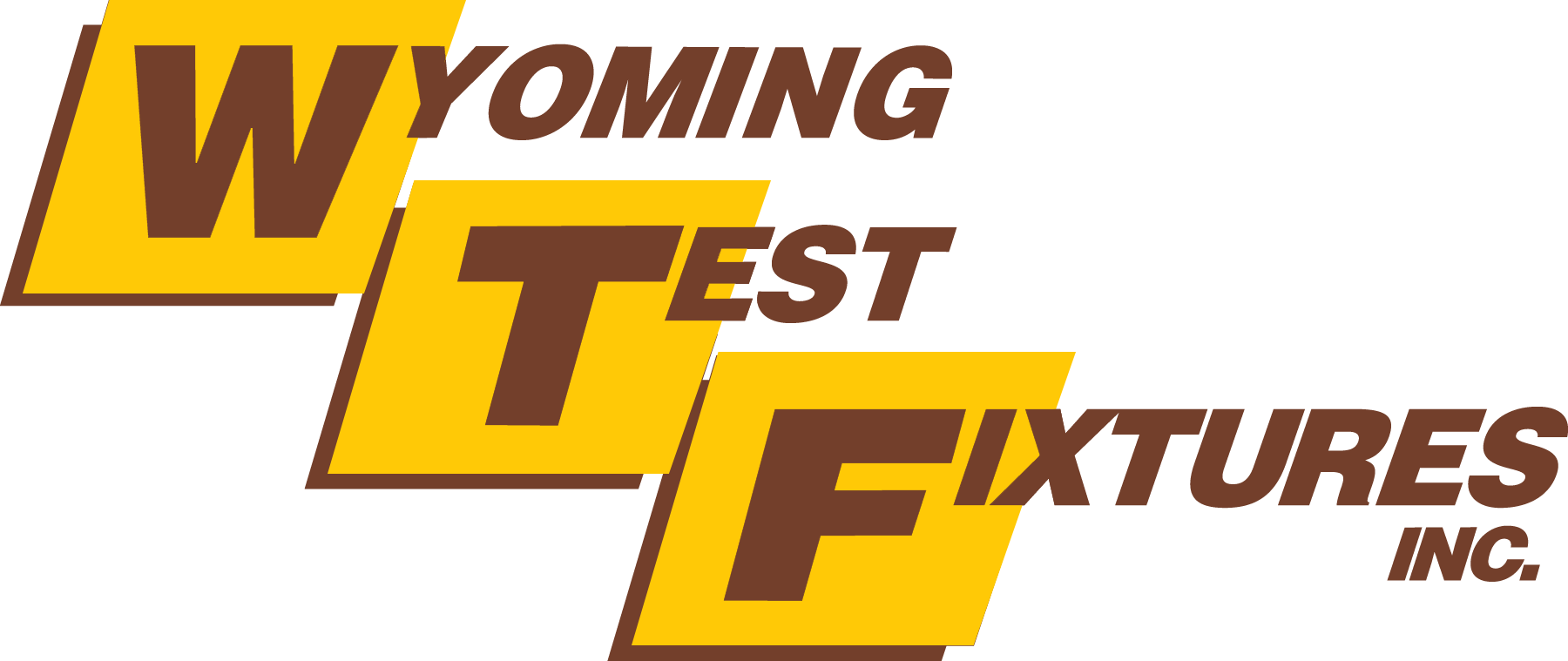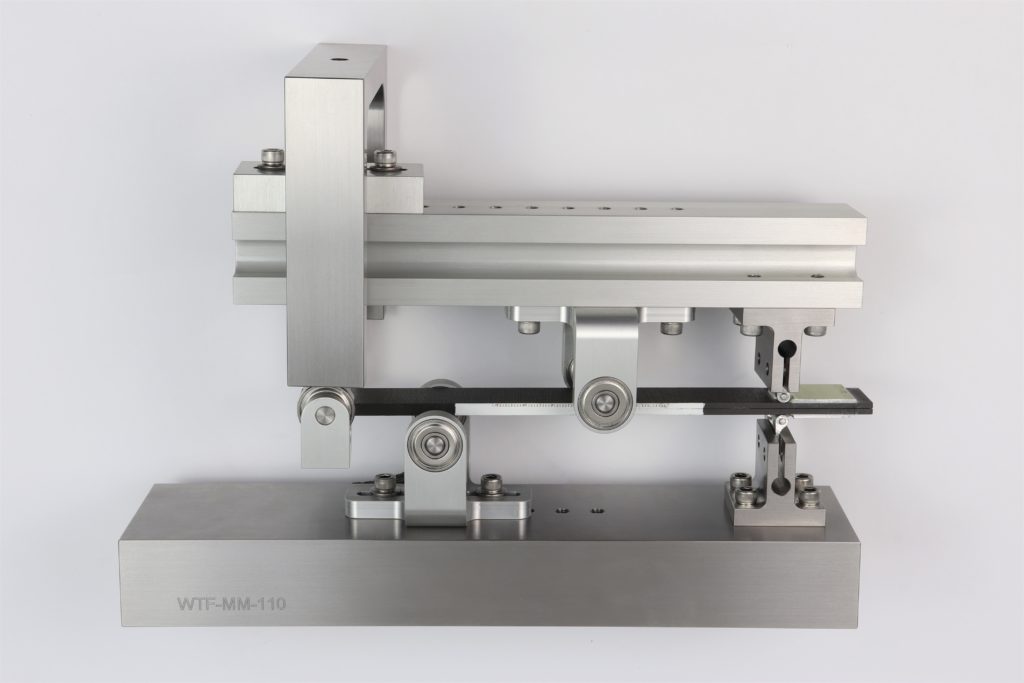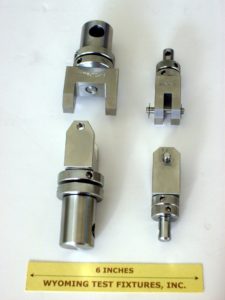Fracture Toughness
Unlike many other mechanical tests that measure the stiffness and strength properties of a material, fracture mechanics testing addresses the resistance to growth of cracks in materials. A variety of specialized test methods, requiring specialized test fixtures, have been developed for different materials and for different loading modes, denoted as mode I (opening), mode II (shearing) and mode III (twisting), as well as mixed-mode conditions. Specialized fixtures and accessories used for commonly performed fracture toughness tests are listed.
Standard Fixtures
G-1:Mixed Mode Bending
ASTM D6671
Developed by the NASA-Langley Research Center, the Mixed Mode Bending fixture is able to perform tests at desired ratios of Mode I to Mode II delamination loading by adjusting the position of the translating loading saddle. Pure Mode II loading is produced when the loading saddle is positioned directly over the central loading roller, resulting in three-point flexure loading.
G-2:Tensile Clevices
ASTM E399
Clevises of all types and sizes can be designed and fabricated with adapters for any testing machine. Such clevises are typically fabricated out of stainless steel. Heat treated 440C stainless steel can be used if the clevises are to be subjected to a hostile environment.



